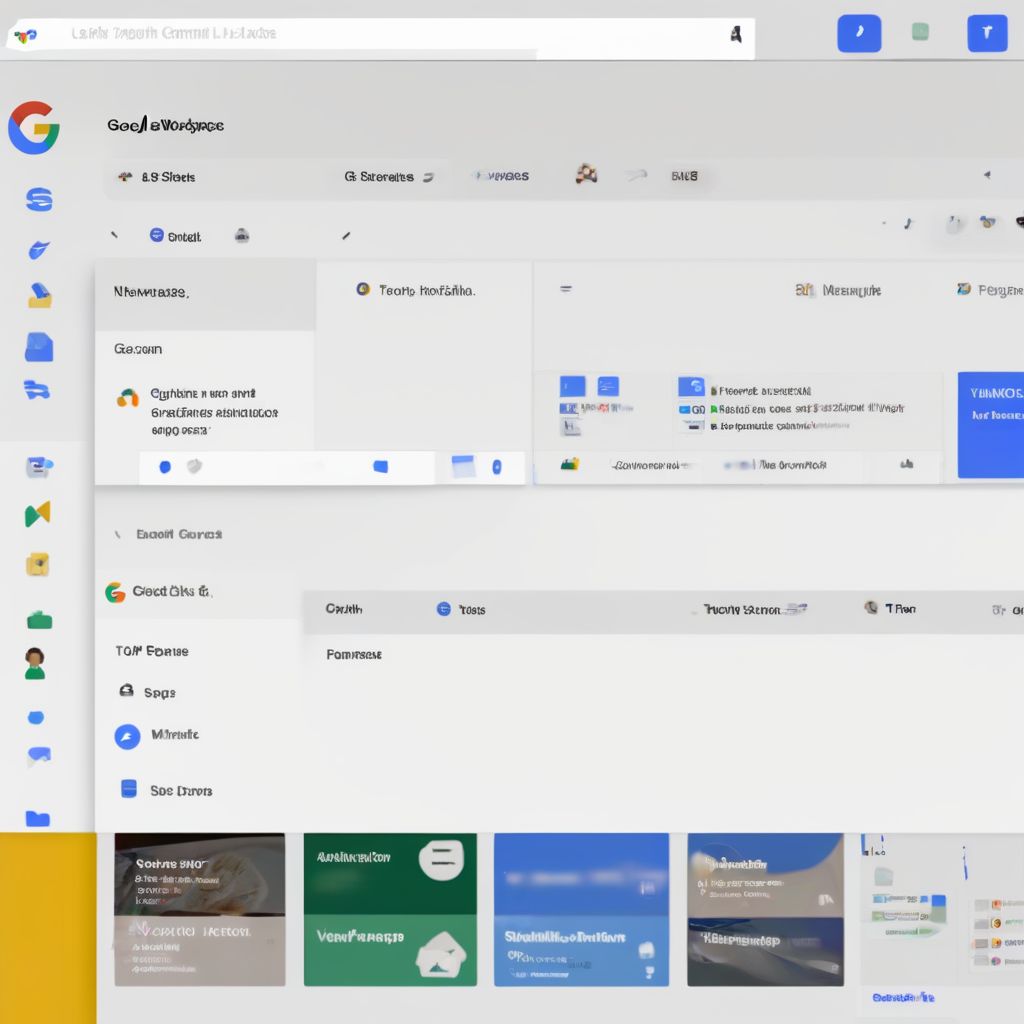In today’s interconnected world, geographical boundaries are blurring. Businesses, regardless of their size, are increasingly reaching a global audience. This expansion presents a unique challenge: providing seamless and exceptional customer service across diverse cultures and time zones. That’s where Global Customer Service comes into play.
Understanding the Essence of Global Customer Service
Global customer service goes beyond simply translating your existing support materials. It’s a holistic approach that involves understanding and catering to the unique needs and preferences of customers from different backgrounds. This means being mindful of cultural nuances, language barriers, and varying expectations of service standards.
Why Global Customer Service is Non-Negotiable
In an era where customer experience reigns supreme, neglecting global customer service can be detrimental to your brand. Consider these compelling reasons why prioritizing it is crucial:
- Enhanced Customer Satisfaction: Addressing customer queries in their native language and within their preferred communication channels fosters a sense of value and appreciation.
- Increased Brand Loyalty: Positive customer experiences translate into repeat business and brand advocacy. A study by Microsoft revealed that 59% of global consumers consider customer service a crucial factor in their brand loyalty.
- Competitive Advantage: In a crowded marketplace, exceptional global customer service can be your unique selling proposition, setting you apart from the competition.
- Global Expansion: By catering to diverse markets effectively, you open doors to new customer segments and fuel your business growth.
 Global Customer Support Team
Global Customer Support Team
Navigating the Nuances: Key Considerations for Global Customer Service
1. Language Localization: Going Beyond Direct Translation
While translating your website and support materials is a good starting point, it’s essential to understand that cultural nuances often get lost in direct translations. Consider partnering with native speakers or professional translation services that specialize in cultural adaptation to ensure your message resonates effectively with your target audience.
2. 24/7 Availability: Bridging Time Zones
For a truly global reach, providing round-the-clock support is crucial. This might involve establishing multiple support centers in different time zones or utilizing technology solutions like chatbots and AI-powered self-service portals to offer instant assistance.
3. Cultural Sensitivity: Respecting Diverse Values
Cultural sensitivity is paramount in global customer service. What might be considered polite in one culture could be perceived as rude in another. Training your team to be mindful of cultural differences in communication styles, etiquette, and customer expectations can go a long way in building strong customer relationships.
4. Technology Integration: Leveraging the Power of Automation
In today’s digital landscape, integrating technology is key to streamlining and optimizing global customer service operations. Cloud-based CRM systems, multilingual chatbots, and AI-powered translation tools can enhance efficiency, reduce response times, and provide a seamless customer experience.
FAQs: Addressing Common Queries About Global Customer Service
- How can small businesses provide effective global customer service with limited resources?
- What are some common mistakes to avoid in global customer service?
- What are the latest trends shaping the future of global customer service?
Conclusion
In a globalized marketplace, delivering exceptional customer service transcends borders. By adopting a customer-centric approach that prioritizes cultural sensitivity, leverages technology, and ensures seamless communication, businesses can unlock unparalleled growth opportunities and foster lasting relationships with their global customer base.


